So Apple’s back at it again, not with a shiny new product, but with a warning screen that feels more like a digital guilt trip than actual user protection.
The Warning That Feels More Like a Threat
If you haven’t seen it yet, Apple has started flashing critical warning symbols on apps that use external payment methods, thanks to the EU’s Digital Markets Act (DMA) followed by a court ruling in the U.S. forcing them to open up the App Store to third-party payment systems.
Picked up by 9to5Mac, a developer in Hungary, Viktor Maric shared a screengrab showing a bright orange warning when making a payment in one of the most popular business apps.
That triangle, according to Apple’s own guidelines, is meant for serious issues like data loss. But using Stripe or PayPal? That’s just normal, secure online commerce.
I Trust Apple’s IAP, But That’s Not the Point
Let me be clear: Apple’s in-app purchase (IAP) system is great. It’s seamless, safe, and you never have to think twice. Apple handles refunds, keeps things private, and everything’s manageable in one place. But, slapping a critical warning on apps just because they offer another option feels like Apple saying, “Sure, we’ll comply with the rules, but we’ll make you regret it.”
This Isn’t Just Annoying, It Might Be Illegal
The Digital Markets Act wasn’t vague. It explicitly says platforms like Apple can’t discourage third-party payment options with scare tactics. These sketchy alerts? That’s pretty much textbook anti-steering.
And it’s not just outsiders calling this out, even longtime Apple defenders are questioning it. John Gruber of Daring Fireball, usually quite forgiving, said:
The uncompetitive nature of the App Store… has left at least some top Apple executives hopelessly naive about the state of online payments.
Why Not Just Compete on Merit?
Imagine if Apple just said: “This app uses an external payment system. Apple won’t be involved in the transaction. Please proceed with caution.”
Neutral, respectful, and still informative. Most users would weigh that and still choose Apple’s method, not out of fear, but trust. Instead, Apple’s brought out the big orange triangle to dissuade users from proceeding. Not all users will be tech savvy, or understand what’s actually going on. It’s almost a given that this portion of users will move away from affected apps.
See, that’s the key here: Apple has already earned our trust. Now it’s at risk of trading that trust for control. That’s never a good move, especially when regulators (and users) are watching closely.
Related: Epic Submits Fortnite to U.S. App Store After 4-Year Ban
Scare Screens Hurt Developers, and Apple’s Brand
This isn’t just bad for app developers trying to offer fair options, it’s bad for Apple’s brand. The company that built its reputation on simplicity, elegance, and putting the user first is now flirting with dark patterns to win a payment war.
I’m all for Apple promoting its strengths, and honestly, Apple’s IAP system could be the best option out there, but let me decide, and that too, without the drama.
Mac Developer, Michael Tsai, chimed in about Apple’s… well let’s just call it hypocrisy from a developer’s pov?
Apple has never spread FUD about buying physical goods, e.g. within the Amazon app or Safari. The payment systems are the same. But somehow they become dangerous, akin to data loss, if you use them to purchase digital content. I think external purchases are actually safer because you can get a refund, if necessary, through your credit card company. Apple is terrible about offering refunds, even when a product doesn’t work and the developer wants to refund the purchase, and you can’t go to your credit card company because then Apple will kill your whole account.
Top marks to Viktor Maric and Michael Tsai for calling it out, and kudos to 9to5Mac for keeping it real. This is the kind of industry friction worth paying attention to.


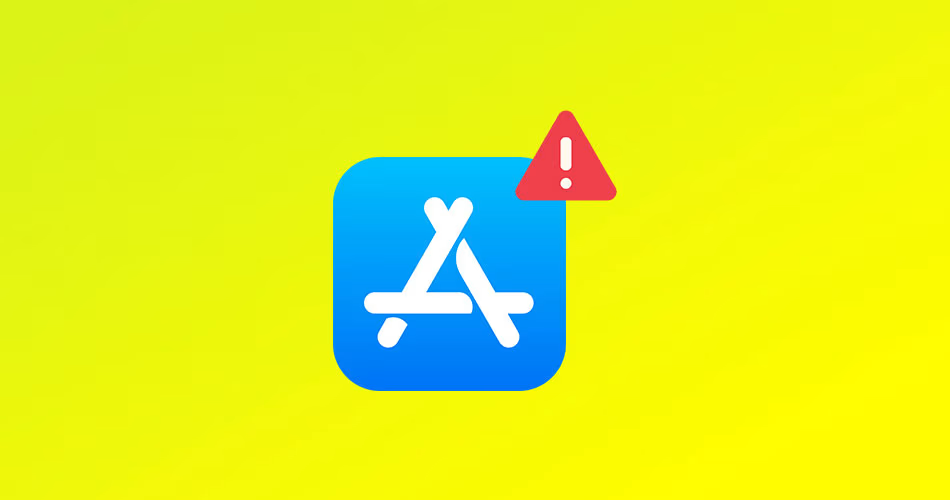
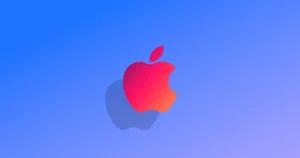
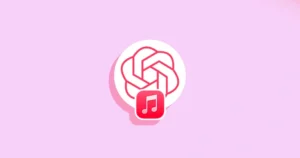
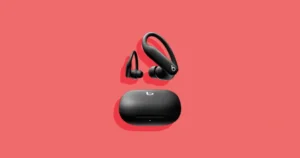
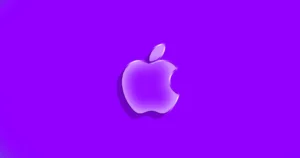
Comments